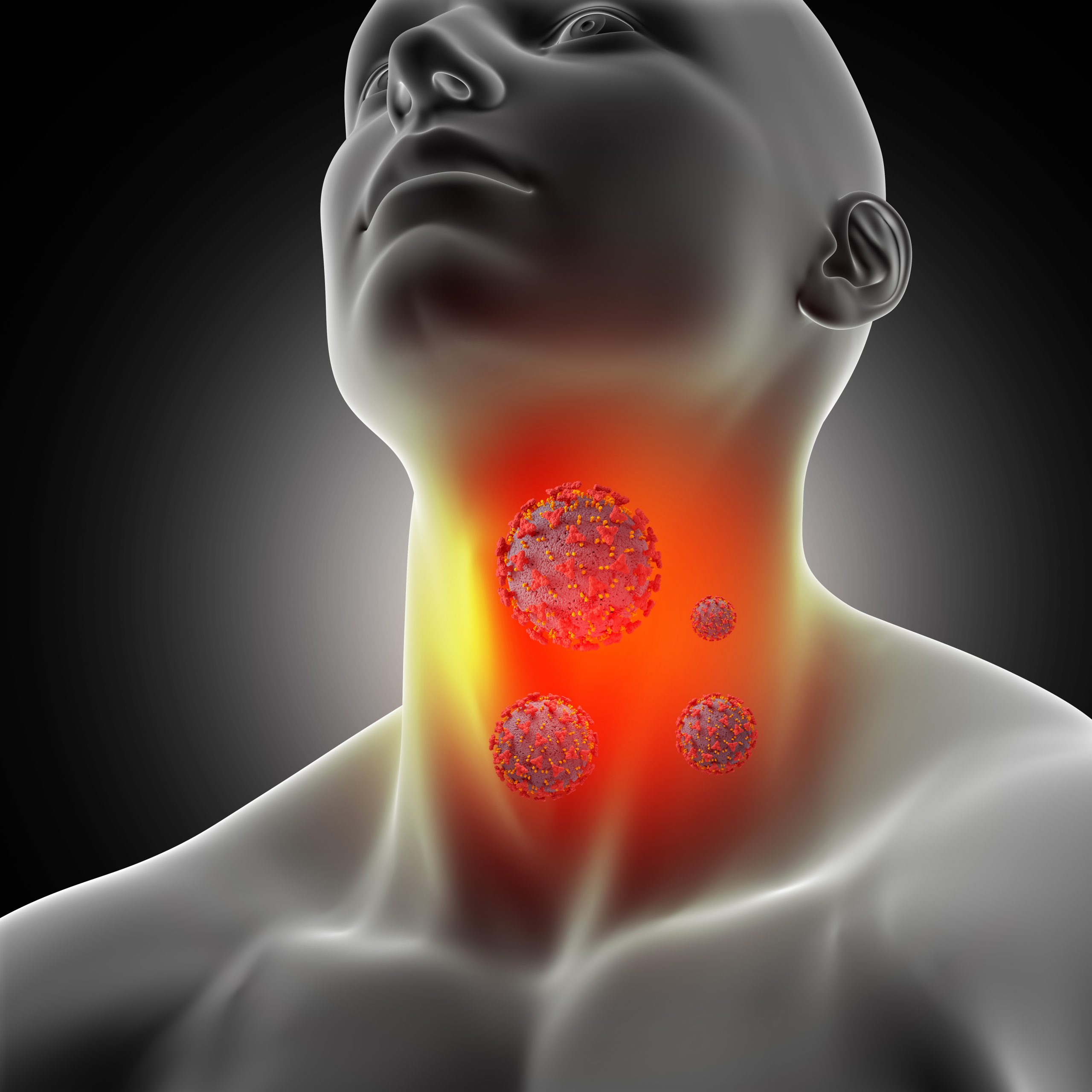

Researchers at Moores Cancer Center at UC San Diego Health and University of California San Diego School of Medicine have discovered a strong correlation between elevated levels of white blood cells that produce antibodies within tumors and the product of a gene expressed in the majority of cancers, including the most prevalent type of head and neck cancer.
The research, which was released in the PNAS Nexus journal on March 10, 2023, suggests a potential new target and strategy for head and neck immunotherapy, which has so far shown varying degrees of success in treating some tumors.
An abundant antigen called telomerase reverse transcriptase (TERT) is made by 85% of tumor cells. Toxins or other chemicals that cause an immunological reaction are known as antigens. This is especially accurate for cancer patients who undergo TERT.
Yet, it is unclear how TERT expression affects the control of adaptive immunity in malignancies. RNA sequencing information from The Cancer Genome Atlas was used in the new study by Maurizio Zanetti, MD, co-senior study author, professor of medicine at the University of California San Diego School of Medicine, and head of the Laboratory of Immunology at the University of California San Diego Moores Cancer Center.
“Our data emerged through targeted computational reanalysis of The Cancer Genome Atlas, a valuable public tumor sequencing dataset, guided by core principles of immunology,” said co-senior author Hannah Carter, Ph.D., associate professor at UC San Diego School of Medicine, said.
To more specifically look into possible interactions between TERT expression and B and T cells that have infiltrated the tumor microenvironment, Zanetti, Carter, and his associates examined 11 different solid tumor types.
Immune reaction cells known as B cells create antibodies against antigens such as bacteria, viruses, and poisons. T cells are immune cells that hunt down and eliminate bodily cells that have been colonized by antigens or developed malignancy. Yet B cells also give T cells antigens, which activates them in the process.
The strongest relationship was seen in head and neck squamous cell carcinoma, which occurs in the mucous membranes of the mouth, nose, and throat. The researchers discovered a significant correlation between TERT expression and B and T cells in four cancer types.
They discovered that patients in whom this correlation was discovered had better clinical results. According to Zanetti’s research, B and T lymphocytes may be responsible for the de novo development of lymphoid structures within tumors, with TERT serving as a potential linking antigen.
The sixth most frequent type of cancer is head and neck squamous cell carcinoma (HNSCC). 90% of all head and neck cancers are caused by it. Long-term cigarette use, alcohol use, and infection with high-risk strains of the human papillomavirus are the main contributors to the condition.
An estimated 66,000 new cases of head and neck cancer are diagnosed in the US each year, and 15,000 people pass away from the disease. Mortality from HNSCC is high. The total five-year survival rate (patients surviving five years after diagnosis) is 50%; approximately 50 to 60% of patients pass away within a year of diagnosis.
Chemotherapy, radiation, and head and neck immunotherapy are the main forms of treatment for HNSCC tumors that cannot be removed surgically, while head and neck immunotherapy only benefits a tiny percentage of patients. According to Zanetti, the new findings suggest potentially innovative strategies to treat HNSCC, particularly in patients who are more likely to experience negative outcomes.
“Cancer immunotherapy is about treating a patient by leveraging their own immune system to fight the malignancy. Ideally, one should reinforce mechanisms already in place in patients,” Zanetti said.
“The current emphasis is on neoantigens (proteins that form on cancer cells when certain mutations occur in tumor DNA) and immune checkpoint inhibitors (drugs such as monoclonal antibodies) that target and block actions that help shield cancer cells from attack by T cells. But these therapies are only partially effective and in some types of cancer only. Our findings provide evidence that high TERT expression is a key signal that generates high levels of B and T cells intra-tumor, suggesting a new way to develop intra-tumor immunotherapies to reinforce anti-tumor immunity already in place.”
Co-authors include Su Xian, Magalie Dosset, and Andrea Castro, all at UC San Diego.
more recommended stories
 Is Prediabetes Reversible through Exercise?
Is Prediabetes Reversible through Exercise?150 Minutes of Weekly Exercise May.
 New Blood Cancer Model Unveils Drug Resistance
New Blood Cancer Model Unveils Drug ResistanceNew Lab Model Reveals Gene Mutation.
 Healthy Habits Slash Diverticulitis Risk in Half: Clinical Insights
Healthy Habits Slash Diverticulitis Risk in Half: Clinical InsightsHealthy Habits Slash Diverticulitis Risk in.
 Caffeine and SIDS: A New Prevention Theory
Caffeine and SIDS: A New Prevention TheoryFor the first time in decades,.
 Microbial Metabolites Reveal Health Insights
Microbial Metabolites Reveal Health InsightsThe human body is not just.
 Reelin and Cocaine Addiction: A Breakthrough Study
Reelin and Cocaine Addiction: A Breakthrough StudyA groundbreaking study from the University.
 Preeclampsia and Stroke Risk: Long-Term Effects
Preeclampsia and Stroke Risk: Long-Term EffectsPreeclampsia (PE) – a hypertensive disorder.
 Statins and Depression: No Added Benefit
Statins and Depression: No Added BenefitWhat Are Statins Used For? Statins.
 Azithromycin Resistance Rises After Mass Treatment
Azithromycin Resistance Rises After Mass TreatmentMass drug administration (MDA) of azithromycin.
 Generative AI in Health Campaigns: A Game-Changer
Generative AI in Health Campaigns: A Game-ChangerMass media campaigns have long been.

Leave a Comment